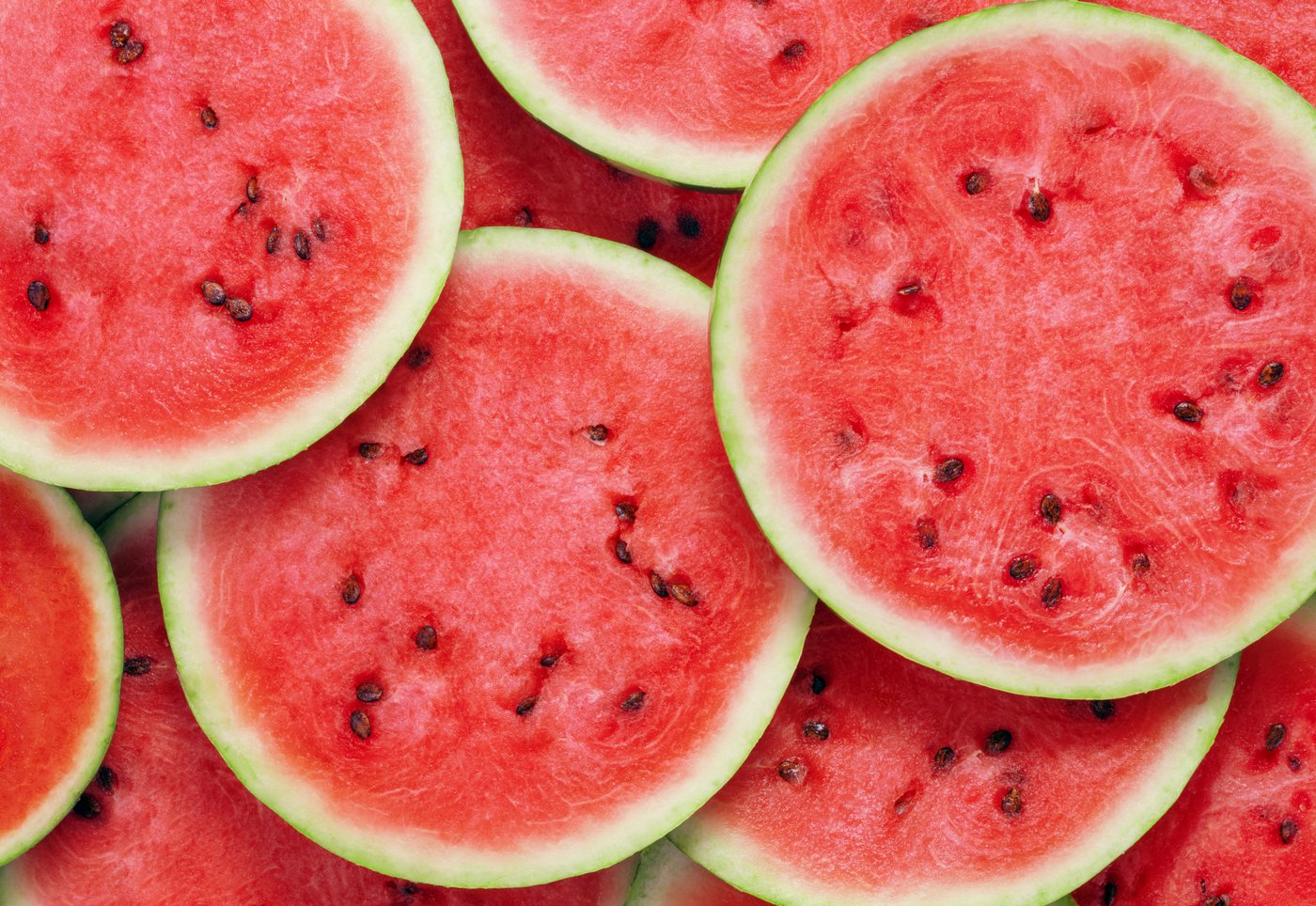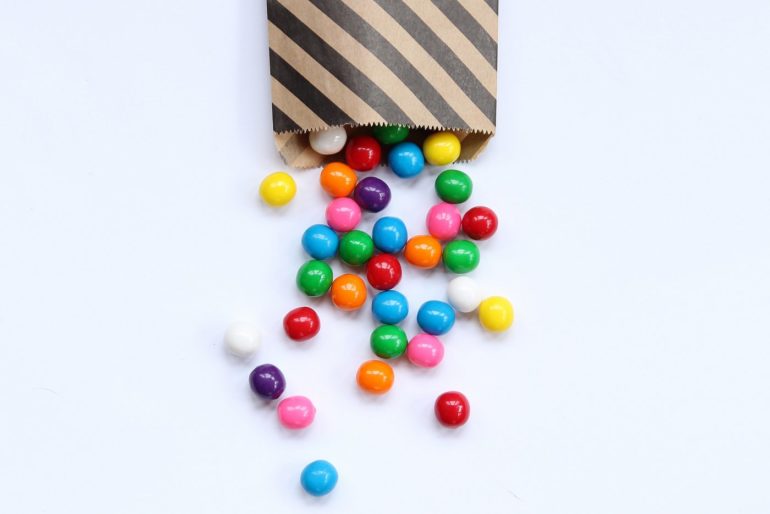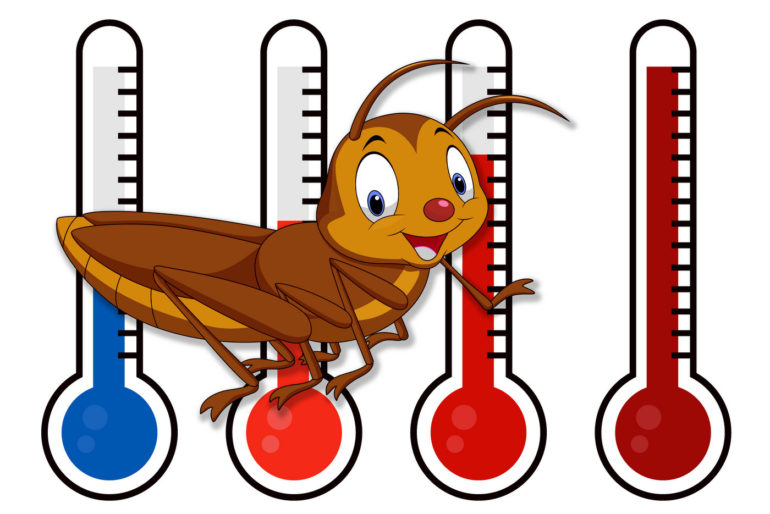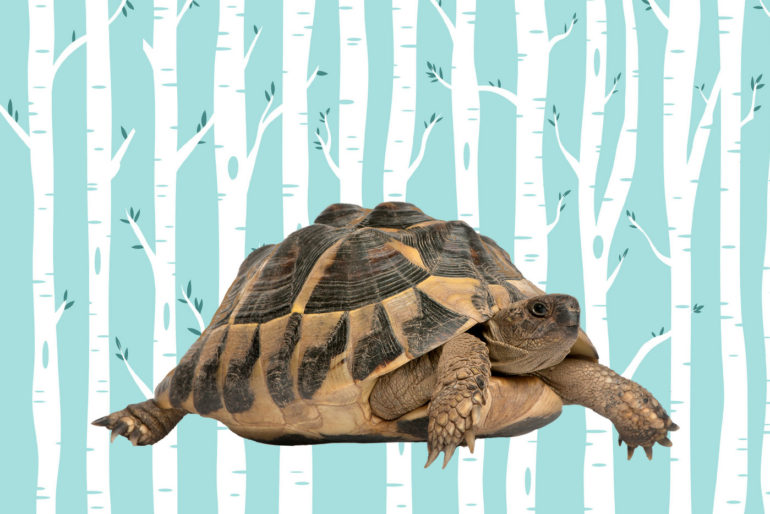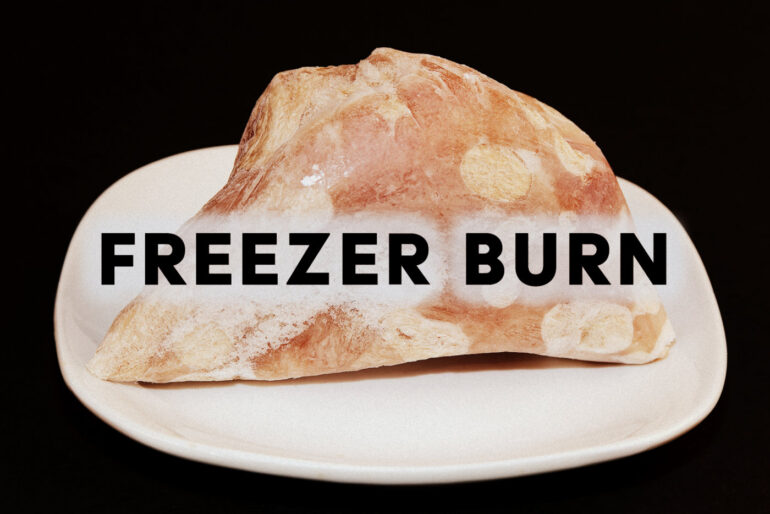How do you pick a really good watermelon?
If you’ve ever had a watermelon that’s flavorless — or, worse yet, mushy — you may wonder: Is there some trick to choosing a ripe, sweet, really good watermelon?
Get some pointers for picking a great watermelon right here, so you won’t end up watermelancholy about your choice.
How to pick a good watermelon
Color: The main color of a watermelon should usually be dark green, but, according to Daniel Egel at the Southwest-Purdue Agricultural Center, “A watermelon that is ripe will be faded on the top. If the watermelon has stripes, look at the area between the stripes. This area should be a light green.”
Underside: Turn the melon over and see if there’s a buttery yellow spot. That is where the melon sat on the ground as it ripened in the sun, and is a good sign of ripeness.
Shape: You want watermelon that is symmetrical, firm, and doesn’t have any cracks, dents, bruises, soft spots or mold. Egel says that watermelons at the peak of ripeness are normally filled out and blunt on the ends, and that melons with pointy ends may still be maturing.
Sound: What about tapping on a watermelon? The National Watermelon Promotion Board says, “While it’s true that the ‘sound test’ can give you some insight on a watermelon’s ripeness, I don’t endorse or use the test because it’s too subjective, and there’s no definitive agreement on which result the test is supposed to yield.”
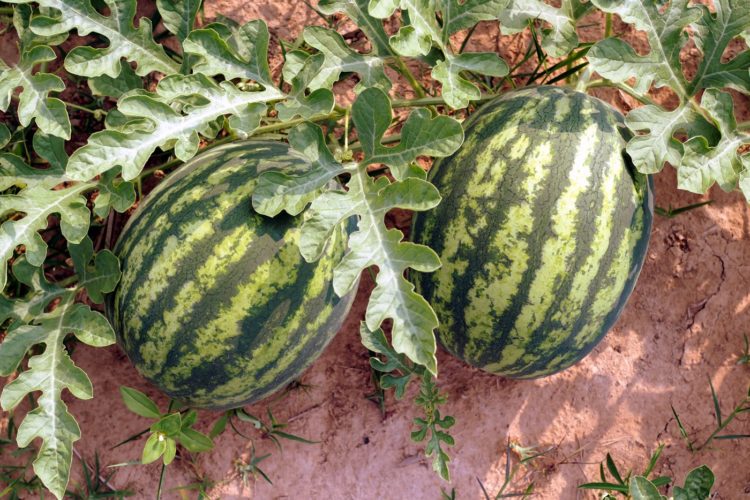
Weight: A watermelon is heavy for its size — and that’s a good thing. In fact, a watermelon is 92% water (therefore very appropriately named).
Smell: You may be able to detect a little bit of a melon-y scent, especially from the stem end.
Sheen: (No, not Charlie.) A ripe watermelon’s exterior should have a healthy sheen, but not a shine.
Avoid: Watermelons that are very hard, white or very pale green on the underside aren’t ripe yet.
Remember: Egel recommends checking the watermelon for a shipper’s or grower’s sticker. “Remember the name on the sticker so that you can buy another of the same brand — or avoid it, depending on your experience,” he says.

After you buy a watermelon
The experts at Burpee Seeds say that after you pick your perfect watermelon, handle it carefully to keep it from rolling, being bumped or dropped. Place it in your shopping cart or basket gently.
An uncut watermelon can keep at room temperature for up to two weeks, though Burpee says that temperatures below 50 degrees or above 90 degrees for extended periods will speed deterioration.
Cut watermelon should be stored in the fridge, covered with plastic wrap, or sliced and placed in glass or plastic containers. (Our trick: Cut as many straight watermelon slices as you need only from one end, then store the leftover fruit with the flat cut side down on a ceramic plate — no wrapping needed.)

